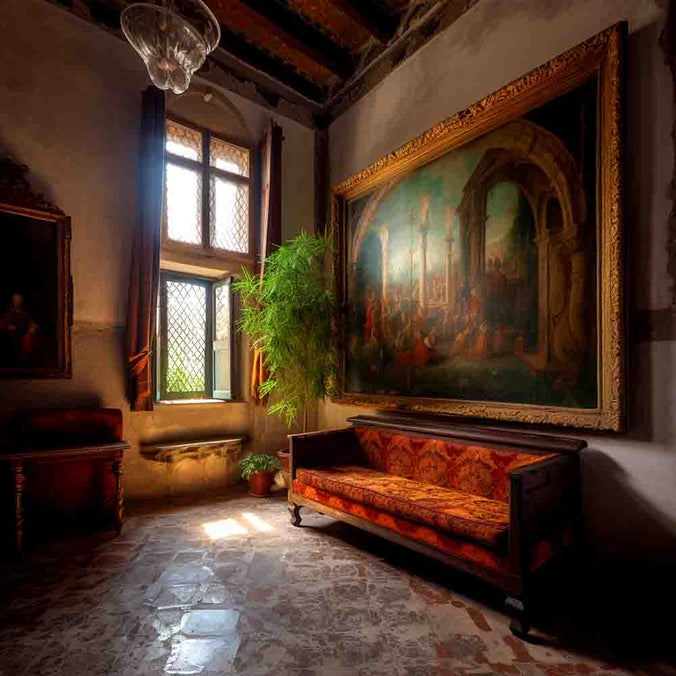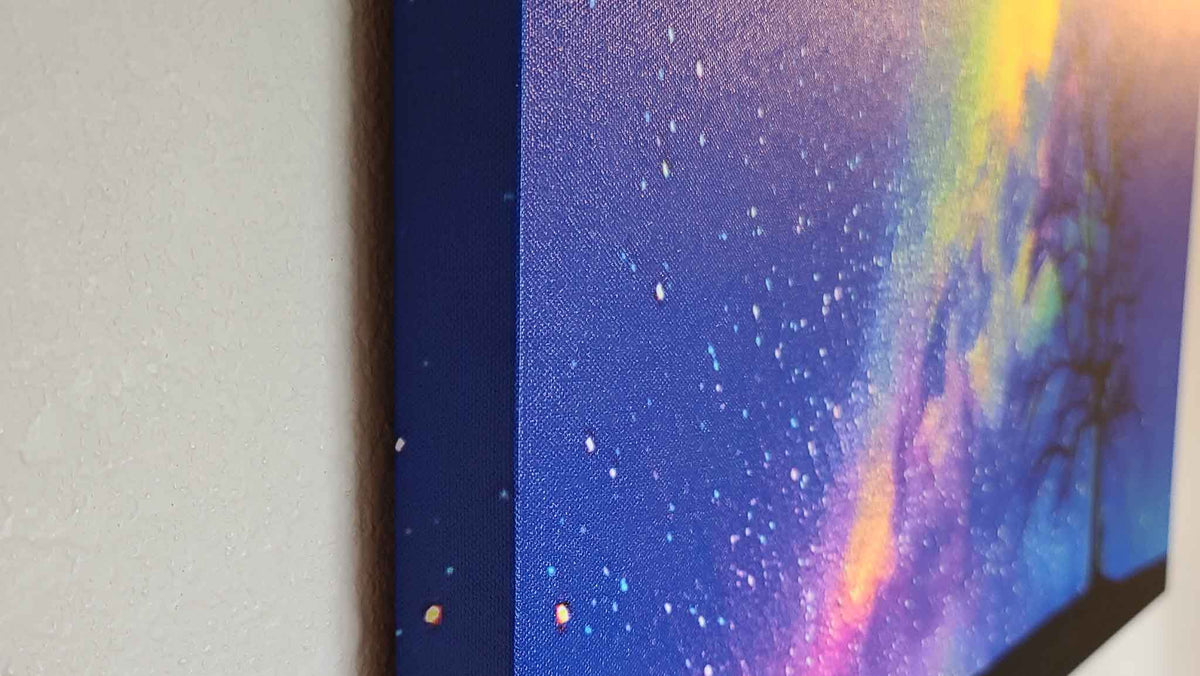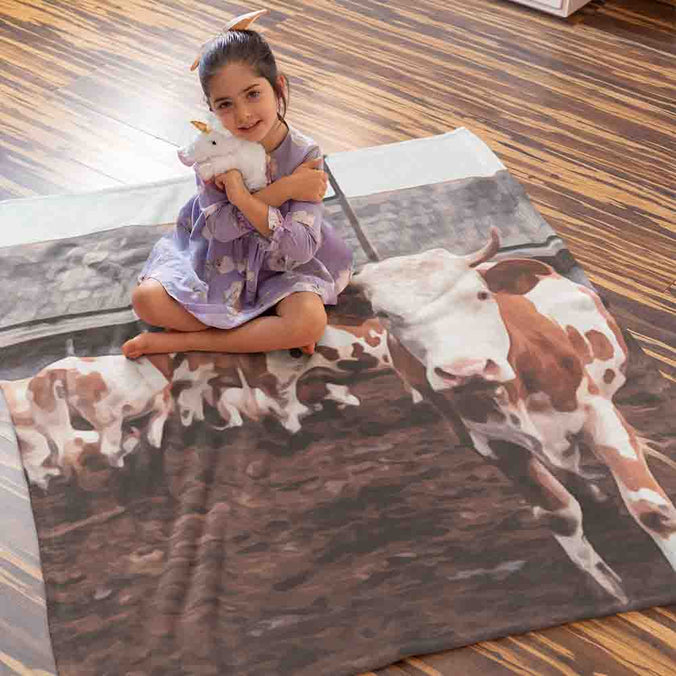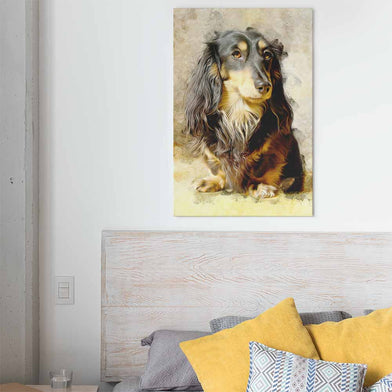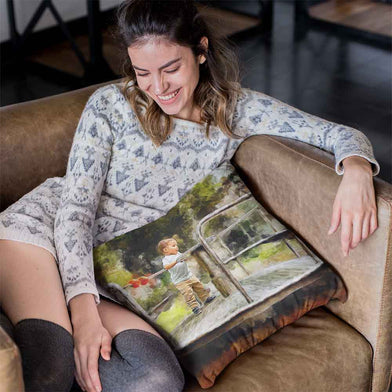How to Take a Good Kid Picture

How to Take a Good Kid Picture
To capture the perfect kid picture, use attention-grabbing techniques, avoid harsh shadows, encourage copycat behavior, and elicit natural smiles. Choose the right camera settings, and composition, and capture candid moments for visually appealing images. Select appropriate backgrounds, props, and locations that suit the child's age and personality. Ensure a fun and relaxed photoshoot environment and consider transforming your photography into custom wall art to showcase and share your precious memories.
Techniques for Getting a Child's Attention
It can be challenging to capture a child's attention, especially if you're working with a newborn or toddler. Consider bringing their favorite toy, varying the distance between you and your child, and taking multiple shots of the same pose to capture their rapidly changing expressions. Patience and understanding their behavior are crucial to capturing their unique personalities.
Avoiding Harsh Shadows
Preventing harsh shadows in your child's picture is essential for creating visually appealing images. Position your subject to allow even lighting, avoid overhead sunlight, and consider using off-camera flashes or multiple light sources. Bouncing a flash off a large white surface can also help soften the lighting.
Encouraging Copycat Behavior
If your child enjoys mimicking others, encourage them to copy funny poses or actions to engage their attention and capture fun pictures. This technique works particularly well with preschoolers, who are already prone to copying behavior.
Eliciting a Natural Smile
To capture a genuine smile, consider playing games with your child, giving them tasks, or introducing laughter-inducing activities. Experiment with different methods, such as playing peek-a-boo, offering treats, or discussing their favorite subjects. Avoid forcing a smile, as it could lead to an anxious reaction.
Making Your Child Comfortable with the Camera
Help your child feel at ease in front of the camera by playing silly games, engaging in belly laughter, or employing reverse psychology. Avoid using cliched phrases like "say cheese" and instead encourage them to talk about themselves or their interests to create a relaxed environment that elicits natural smiles.
Choosing the Right Camera Settings
When taking photos of children, choosing the right camera settings is crucial to capture sharp, well-exposed images. Adjust the aperture, shutter speed, and ISO to suit the lighting conditions and the child's movements. A wider aperture (lower f-number) creates a shallow depth of field, making the subject stand out against a blurred background. A fast shutter speed, such as 1/250 or faster, helps freeze movement while adjusting the ISO can help you capture well-exposed images in various lighting conditions. Remember to experiment with your settings to find the perfect combination for each situation.
The Role of Composition in Kid Photography
Composition plays a significant role in creating visually appealing images. When photographing children, consider the rule of thirds, dividing the frame into nine equal parts and placing the subject along the intersecting lines. Utilize leading lines to guide the viewer's eye towards the child, and frame the subject using natural elements like trees, windows, or doorways. These techniques can help create a more engaging and dynamic image that captures the viewer's attention.
Capturing Candid Moments

Candid moments are the essence of kid photography. Capture the child's genuine emotions and natural expressions by blending into the background and observing their playtime, interactions with family members, or other activities. Be prepared to take multiple shots, as spontaneous moments can occur at any time. Stay patient and be ready to click the shutter at the right moment to preserve those priceless memories.
The Importance of Backgrounds and Props
Selecting the right background and props can enhance your child's photos and convey a specific mood or theme. Choose a background that complements the child's outfit and personality, and avoid overly cluttered or distracting scenes. Props can add an extra touch of fun and creativity, but remember not to overwhelm the image with too many elements. The key is to find a balance that keeps the focus on the child while adding visual interest.
Picking the Perfect Location
The location for your child's photoshoot should reflect their personality and the desired style of photography. Consider outdoor locations like parks, beaches, or urban settings for a natural, relaxed vibe. Alternatively, opt for indoor locations such as their bedroom, a cozy living room, or a well-lit studio for more controlled lighting and environment. Remember to scout your chosen location beforehand to ensure it offers the desired atmosphere and meets any logistical requirements.
Working with Different Ages and Stages
Photographing children at various developmental stages requires different approaches and techniques. For newborns, prioritize their comfort and safety during the shoot. Toddlers may require patience and quick reflexes to capture their unpredictable movements, while older children and teenagers may need guidance on poses and expressions. Tailor your approach to each age group and stay flexible to adapt to their unique needs and personalities.
Creating a Fun and Relaxed Photoshoot Environment
Ensure the photography experience is enjoyable for both the child and the photographer by creating a fun and relaxed atmosphere. Encourage play and laughter, and allow the child to take breaks as needed. Involve their favorite toys or games to make them feel more comfortable and relaxed, and be patient with their energy levels and mood changes. A positive photoshoot environment will result in more natural and genuine images.
Preserving and Sharing Your Kid Photography with Custom Wall Art
Now that you've captured those beautiful moments of your child, it's time to preserve and share those memories with family and friends. Our custom wall art is the perfect way to showcase your favorite kid photographs in your home or as a gift for loved ones. Choose from various styles, sizes, and materials to create a stunning piece of art that brings life to your images and adds a personal
Capturing the perfect kid picture requires a blend of various techniques and approaches, each designed to make your child feel comfortable and at ease in front of the camera. Start by using attention-grabbing methods, understanding the importance of proper lighting to avoid harsh shadows, and encouraging playfulness through copycat games and engaging activities to elicit genuine smiles. Additionally, consider the right camera settings, composition, and capturing candid moments to create visually appealing images.
The choice of background, props, and location also plays a crucial role in creating a memorable kid picture. Be mindful of the child's age and developmental stage, tailoring your approach accordingly to capture their unique personalities. Above all, ensure a fun and relaxed photoshoot environment to achieve more natural and genuine images.
Finally, showcase and share your beautiful kid photography by transforming them into custom wall art for your home or as thoughtful gifts for loved ones. With the right techniques, patience, and creativity, you can capture precious memories of your child that will last a lifetime.
Leave A Reply
Your email address will not be published. Required fields are marked *

